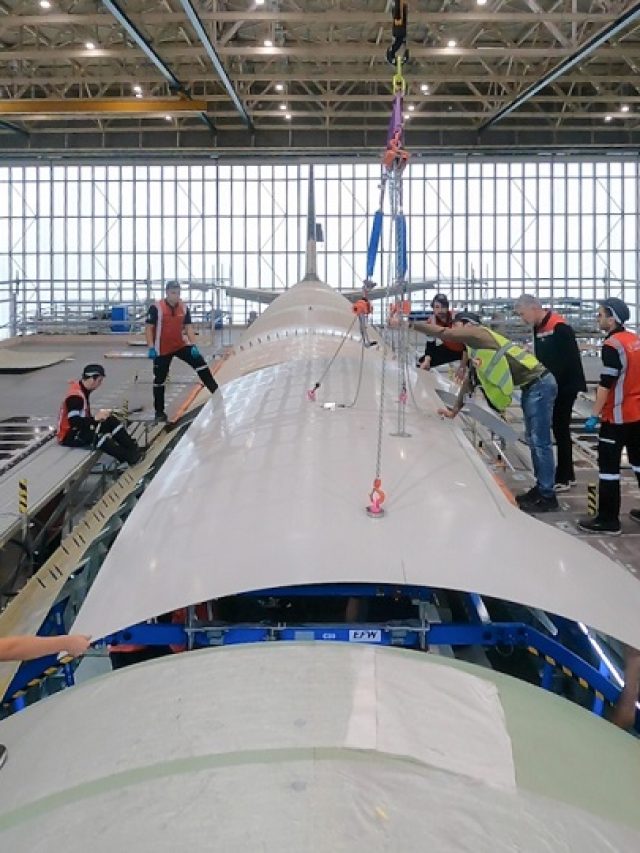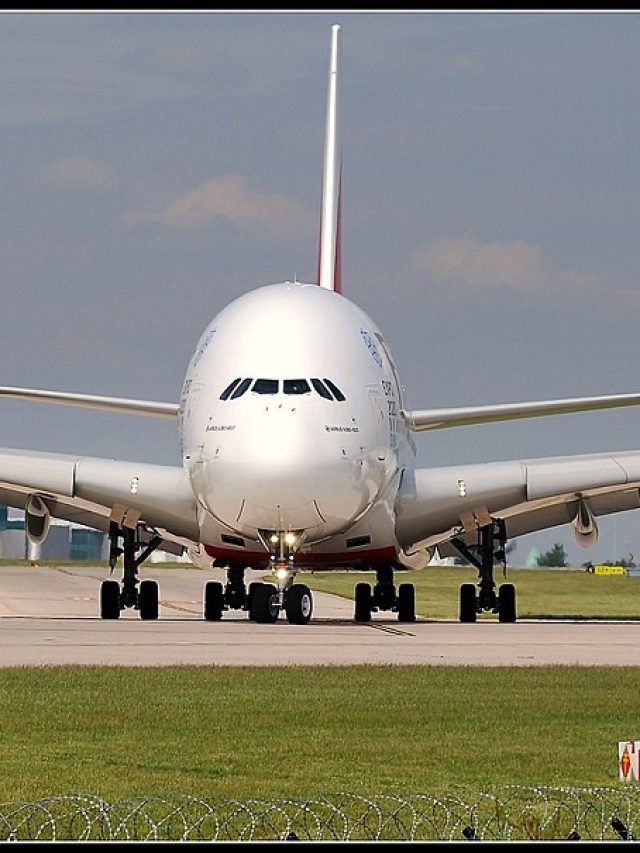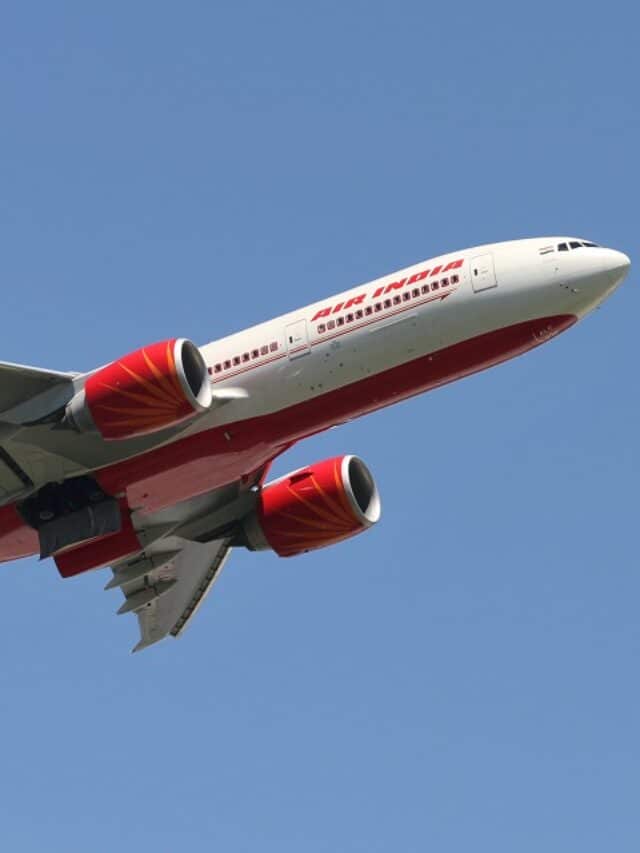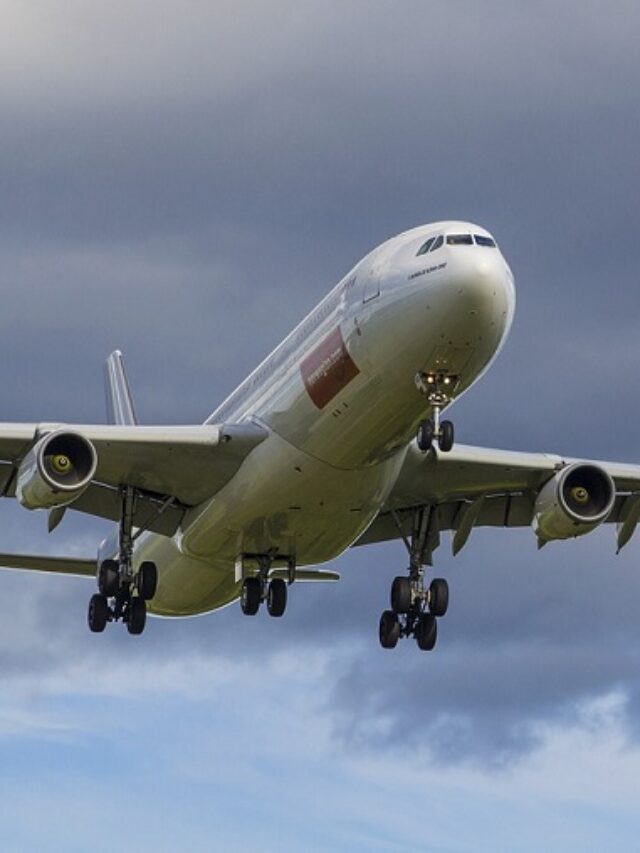Aviation
Meet Pakistan’s Cutting-Edge JF-17- Block 3 and Exciting Features.
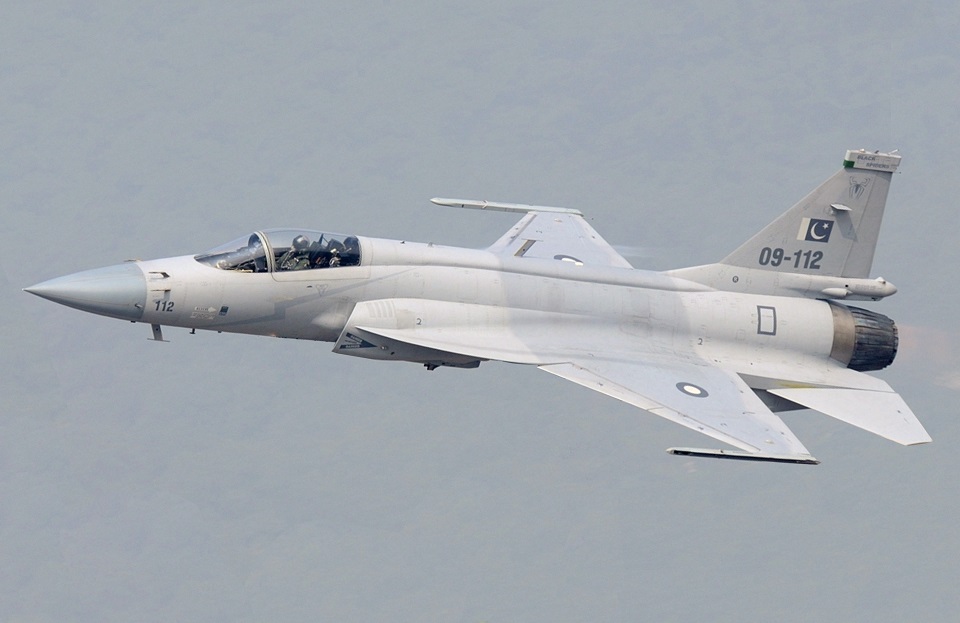
In a significant development, the Pakistan Air Force (PAF) has officially integrated the latest version of the JF-17 “Thunder” fighter aircraft, known as the Block III variant, into its operational fleet. This advanced aircraft is the result of a collaborative effort between the Pakistan Aeronautical Complex (PAC) and the Chengdu Aircraft Corporation (CAC).
PAF officials characterize this aircraft as a “fourth generation plus” fighter jet. The single-seat variant, JF17 Block 3, conducted its maiden flight in Chengdu, China, on December 15, 2019. An order for 50 JF-17 Block 3 aircraft was placed by the PAF. The Pakistan Air Force received the first of the latest JF17 on December 4, 2023.
Additional enhancements include a reduced radar cross-section due to increased use of composites, as well as improved avionics. China Central Television (CCTV), the state-run broadcaster, reported in September that the aircraft has also been equipped with an active electronically scanned array (AESA) radar.
This radar system appears to be the Nanjing Research Institute of Electronics Technology (NRIET) KLJ-7A X-band airborne 3D fire-control radar (FCR). The Block II variant utilizes the KLJ-7 V2.
Key Points on JF-17 Block 3:
PAF officials characterize this aircraft as a “fourth generation plus” fighter jet. The single-seat variant, JF17 Block 3, conducted its maiden flight in Chengdu, China, on December 15, 2019. An order for 50 JF-17 Block 3 aircraft was placed by the PAF. The Pakistan Air Force received the first of the latest JF17 on December 4, 2023.
- Introduction:
- Single-seat variant.
- Maiden flight in Chengdu, China, on December 15, 2019.
- Prototypes and Flight Tests:
- Two prototypes underwent flight tests by December 2020.
- One was tested in China, the other in Pakistan.
- Serial Production:
- Commenced serial production at PAC Kamra on December 30, 2020.
- Technological Advancements:
- Features advancements, including NRIET/CETC KLJ-7A AESA radar.
- Three-axis digital fly-by-wire flight control system.
- Infrared search and track (IRST) system.
- Helmet-mounted display and sight (HMD/S) system jointly produced by Pakistan and China.
- The missile approach warning system (MAWS) is similar to the Chinese J-10C, J-16, and J-20.
- Larger, thinner holographic wide-angle HUD.
- Enhanced electronic warfare management system.
- Chin-mounted hardpoint.
- Increased use of composites for weight reduction.
- Engine Upgrades:
- Initially powered by Klimov RD-93MA afterburning turbofan.
- The planned upgrade to Guizhou WS-13 for increased thrust and better thrust-to-weight ratio.
- Radar Capabilities:
- KLJ-7A radar can simultaneously track 15 targets and engage 4 targets.
- Generation Classification:
- Described as a “fourth generation plus” fighter jet by PAF officials.
In mid-November, the Block III variant introduced a host of superior capabilities, including heightened maneuverability, extended range, and enhanced combat features, according to statements from the PAF. Noteworthy advancements encompass a reduced radar cross-section achieved through an increased use of composites, as well as upgraded avionics.
Exploring the intricacies of its technological prowess, the JF-17 Block III integrates a sophisticated three-axis digital fly-by-wire flight control system, an infrared search, and track (IRST) system, and a collaborative effort in the form of a helmet-mounted display and sight (HMD/S) system jointly manufactured by Pakistan and China.
A remarkable feature is the presence of a larger yet thinner holographic wide-angle heads-up display (HUD), providing enhanced visibility and situational awareness. Complementing this, an upgraded electronic warfare management system further solidifies the JF-17 Block III’s capabilities.
Engine upgrades are also part of the JF-17 Block III’s arsenal, initially powered by the Klimov RD-93MA afterburning turbofan, with plans for a future upgrade to the Guizhou WS-13 for increased thrust and a better thrust-to-weight ratio.
The JF-17 Block 3 can reach a maximum speed of 1,910 km/h, making it one of the fastest in the sky. It can also fly at a speed equivalent to Mach 1.6 to 1.8, showcasing its ability to move at incredible velocities. During regular cruising, the aircraft maintains a speed of 1,359 km/h.
In combat scenarios, the aircraft can cover a distance of 900 km using only internal fuel. However, with additional drop tanks, it extends its combat range to an impressive 1,741 km. For ferrying purposes, the JF-17 Block 3 can travel up to 1,800 km with internal fuel making it versatile for various mission requirements.
In terms of size, the aircraft has a length of 14.326 meters, a wingspan of 9.44 meters, and a height of 4.57 meters. These dimensions contribute to its aerodynamic design and overall agility.
The JF-17 Block 3 has an empty weight of 7,965 kg, which is the weight without any payload or fuel. Its maximum takeoff weight is 13,500 kg, indicating the maximum load it can carry during takeoff.

Aviation
Airbus Enhances A350 Cabin with 10-Abreast Seating

Airbus has announced a new partnership with Jiatai Aircraft Equipment, a Chinese aircraft seating manufacturer, to supply upgraded economy-class seats for the A350 widebody series.
This collaboration, unveiled at the 2024 Airshow China, focuses on developing a newly designed economy seat tailored for the A350‘s New Production Standard (NPS) cabin.
One of the key features of the NPS cabin is the ability to accommodate 17-inch wide economy seats, compared to the previous 16.5-inch wide seats that airlines were limited to in the A350’s earlier configurations.
British Airways Unveils Its Brand-New First Class Cabin for the Airbus A380
This change is made possible by the expanded space in the NPS cabin, which is 35 inches longer and 4 inches wider than the previous version. This extra space is achieved by slightly moving the cockpit wall forward and shifting the rear pressure bulkhead back by one frame.
The wider cabin allows airlines to add up to 30 extra economy seats without compromising comfort. For airlines opting for a 3-4-3 seating layout, the 17-inch wide seats are an excellent choice for a more comfortable passenger experience. However, some airlines, such as Iberia, may choose to retain a 9-abreast layout with wider seats for added comfort.
The NPS cabin also offers enhanced flexibility for airline operators. One major advantage is the ability to easily switch between a 9-abreast and 10-abreast seating configuration without requiring significant downtime for aircraft reconfiguration. Airlines can use the same seat rails, tracks, and IFE interfaces, making the transition smoother and quicker.
Etihad Airways Unveils 10 Exciting New Routes for 2025
In addition, the design of the floor attachments and air-conditioning systems has been optimized for 10-abreast seating, meaning airlines can upgrade their cabins without needing to make substantial modifications to the aircraft’s structure.
Though it’s still unclear when Jiatai’s economy-class seats will be officially added to the A350’s Buyer Furnished Equipment (BFE) catalogue, the collaboration marks a significant step toward enhancing the A350’s cabin offerings.
With this partnership, Airbus is providing more seating options for airlines, ensuring that they can meet diverse customer needs while improving overall operational efficiency.
-

 Aviation2 months ago
Aviation2 months agoMicrosoft Flight Simulator Raises $3 Million to Bring Back the An-225 Mriya
-

 Airlines2 months ago
Airlines2 months agoQatar Citizens Can Travel to the United States Without a Visa
-

 Aviation2 months ago
Aviation2 months agoQatar Airways bans these new Electronic Devices on plane
-

 Airlines2 months ago
Airlines2 months agoJapan Airlines Rolls Out Free Domestic Flights to International Passengers
-

 Travel2 months ago
Travel2 months agoQatar Airways Launches Four Additional Flights from Amsterdam
-

 Defence2 months ago
Defence2 months agoWhich Country Has the Largest Fleet of Fighter Aircraft?
-

 Airport2 months ago
Airport2 months agoWestern Sydney Airport Welcomes Its First Plane After 6 Years of construction
-

 Airlines4 days ago
Airlines4 days agoDAMAC Air: Dubai’s New Luxury Airline Offers Free Flights for Registration

